SHIMANO SS-7600 Dura-Ace 15T Track Cog
- Construction: Made of hardened Chromoly for durability.
- Thread Specification: Features 1.37″x24tpi right-handed threads.
- Compatibility: Designed to work with Velocity Deep Vs (RL hubs).
- Performance: Known for reliable performance even during hard riding and skid stopping.
- Quality Assurance: Few manufacturing defects reported, indicating high reliability.
Description
This SHIMANO SS-7600 Dura-Ace Track Cog is the real deal for all you bike enthusiasts out there. It’s CNC machined and made from tough Chromoly for that extra kick of durability.
When it comes to compatibility, this baby’s got it covered with 1.37″x24tpi (right-handed) threads. Shimano sure knows what they’re doing because this cog is part of their top-tier Dura-Ace lineup, with the official reference number SS-7600.
I’ve put this cog through the wringer, and let me tell you, it’s a champ. I’ve ridden a couple of hundred miles on it, and it still looks and performs just like new. It’s a workhorse, especially if you’re rocking stock Velocity Deep Vs (RL hubs). I’m talking hard riding, skid-stopping, you name it – this cog takes everything you throw at it.
Now, unless there’s some crazy manufacturing glitch (which I highly doubt), you’re not going to have any issues with this bad boy. In fact, if you do run into problems, it’s more likely that you did something wrong, not this cog. So, if you’re looking to upgrade your ride and need a reliable cog that can handle the heat, the SHIMANO SS-7600 is the way to go. It’s tough as nails and ready to roll!

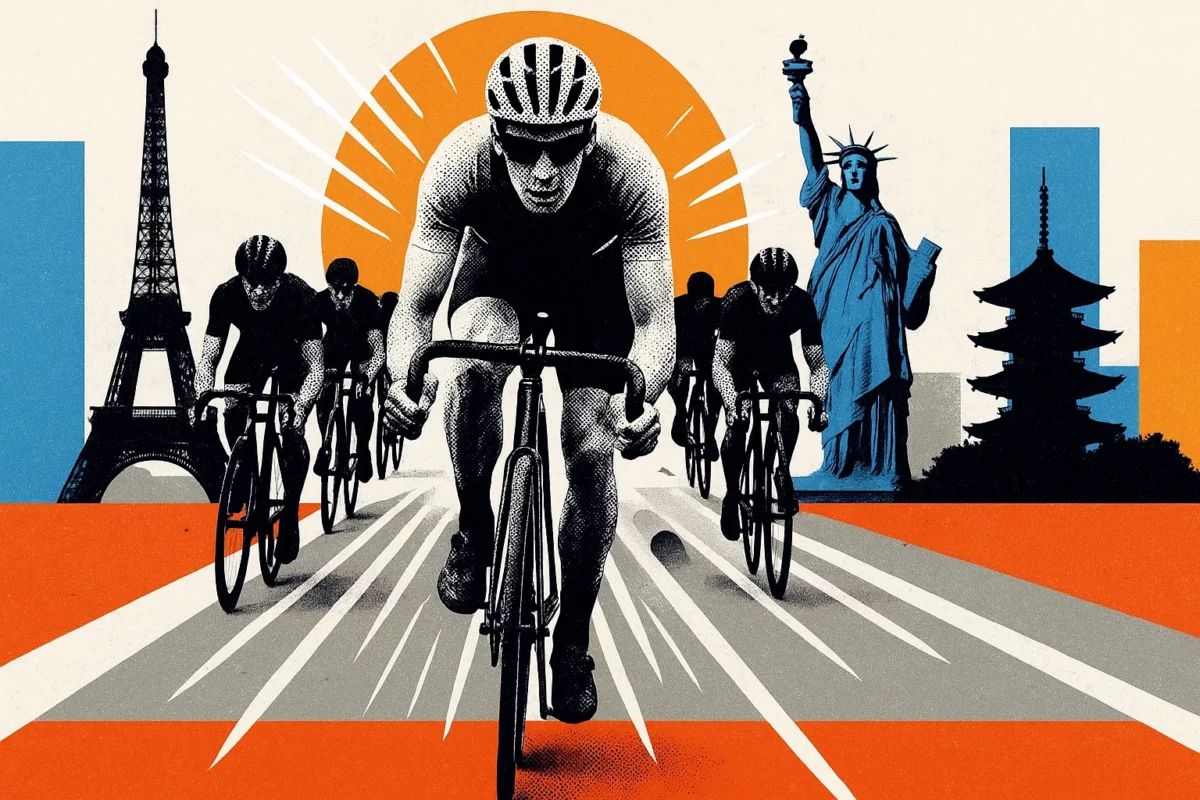
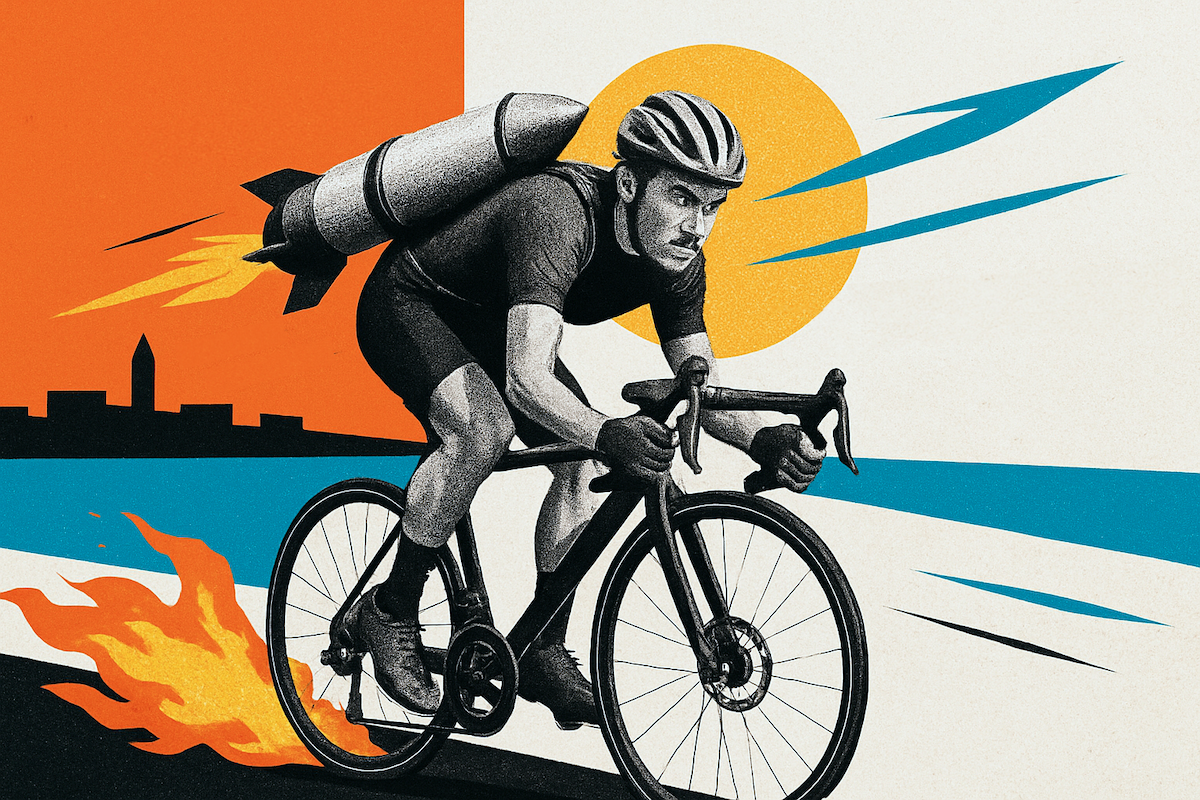


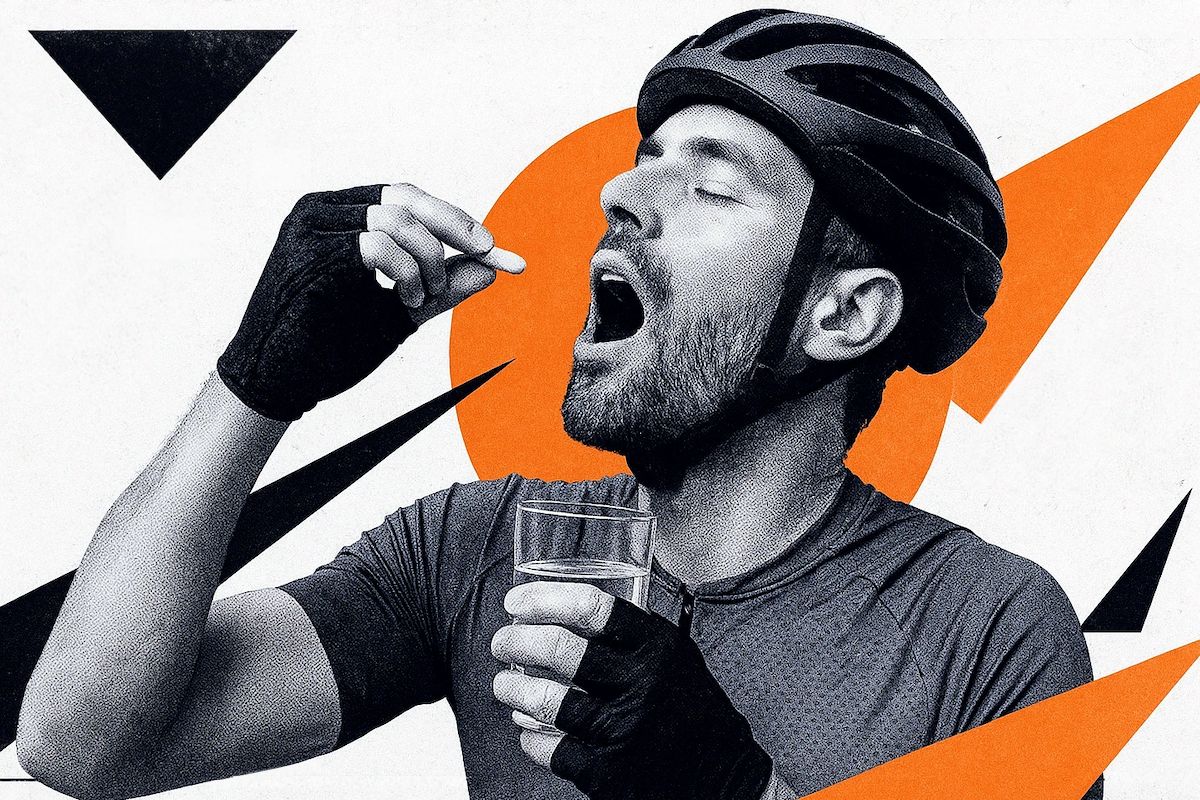

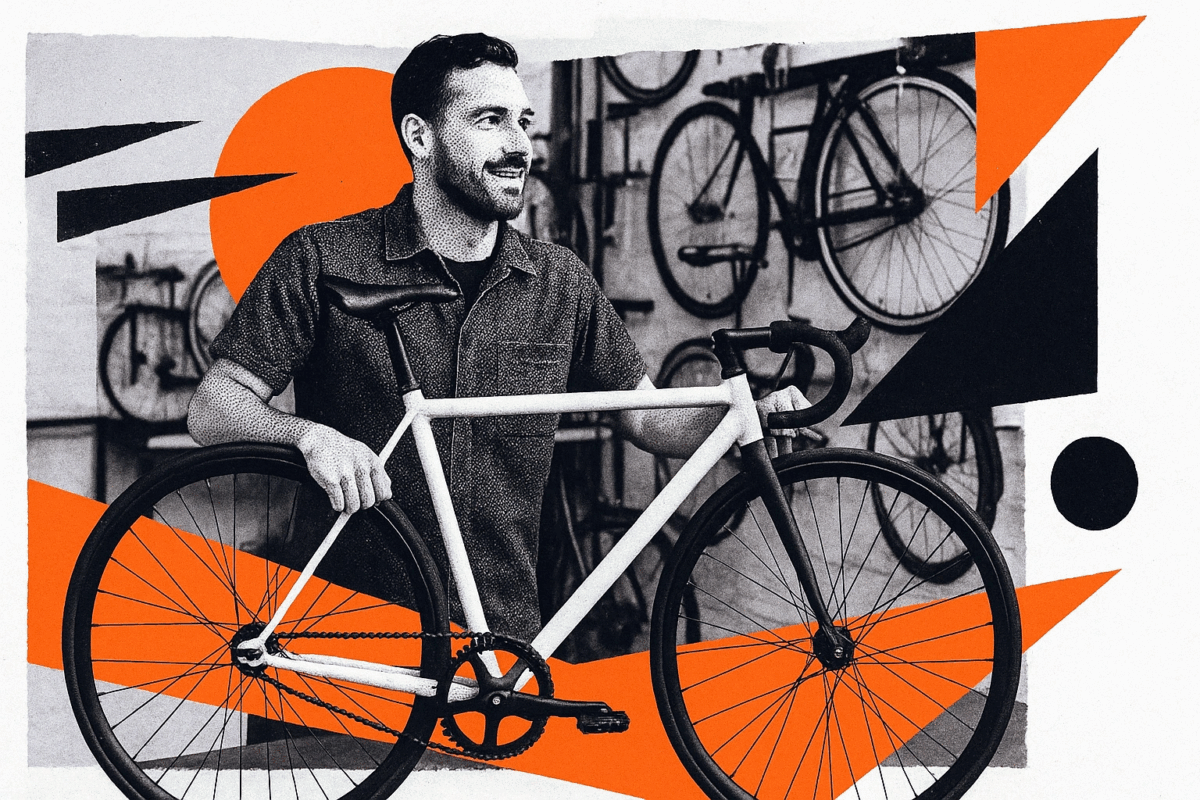
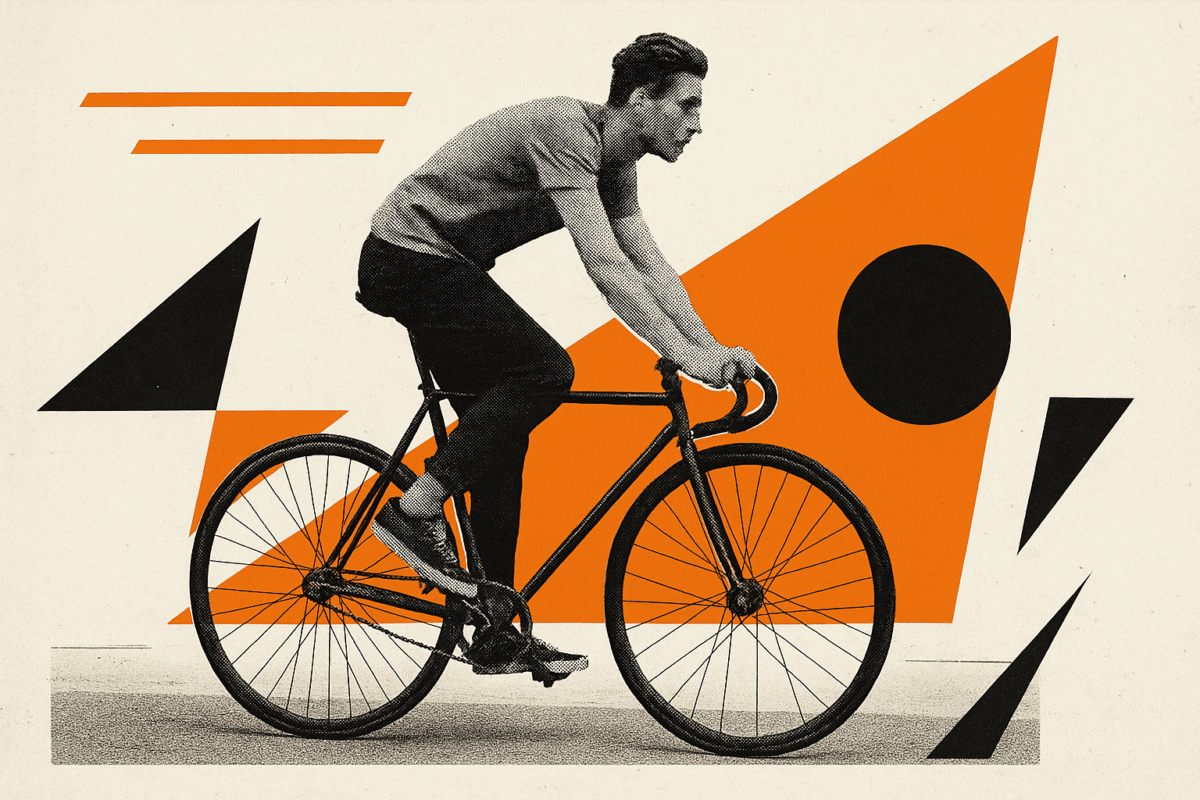
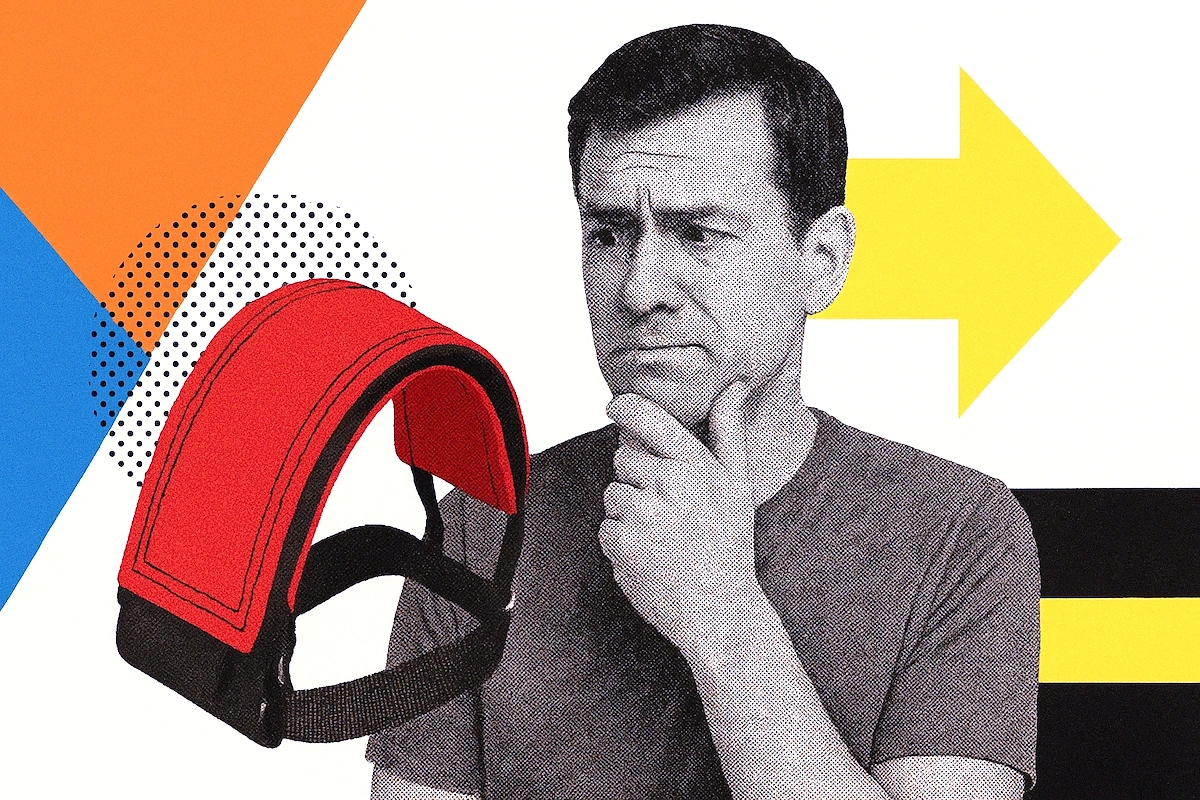
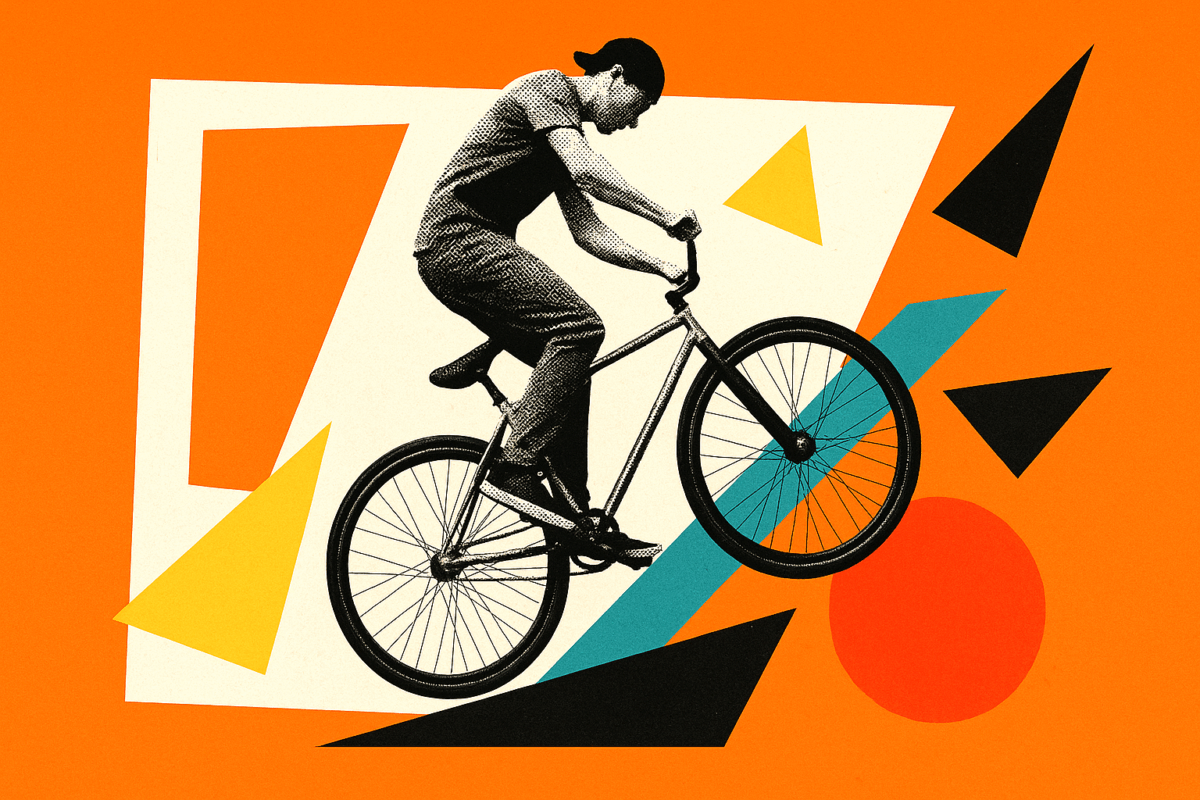





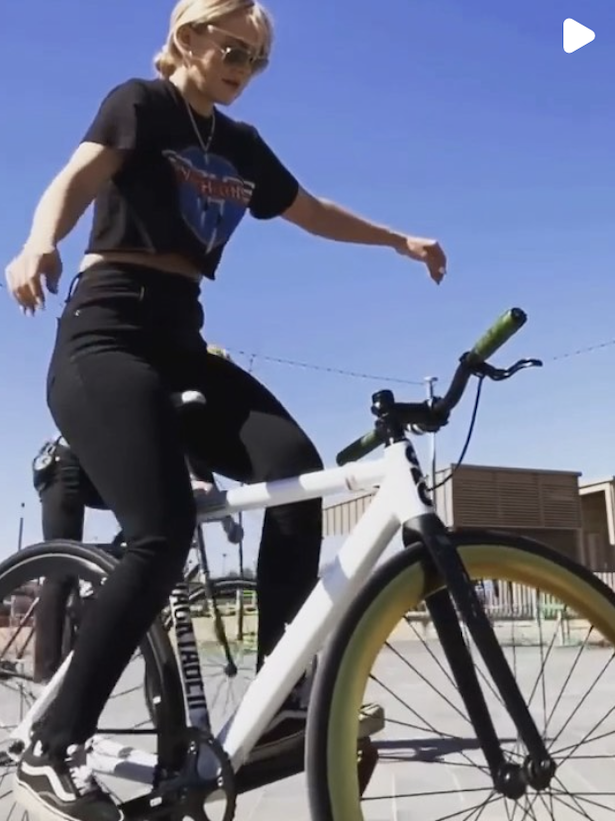

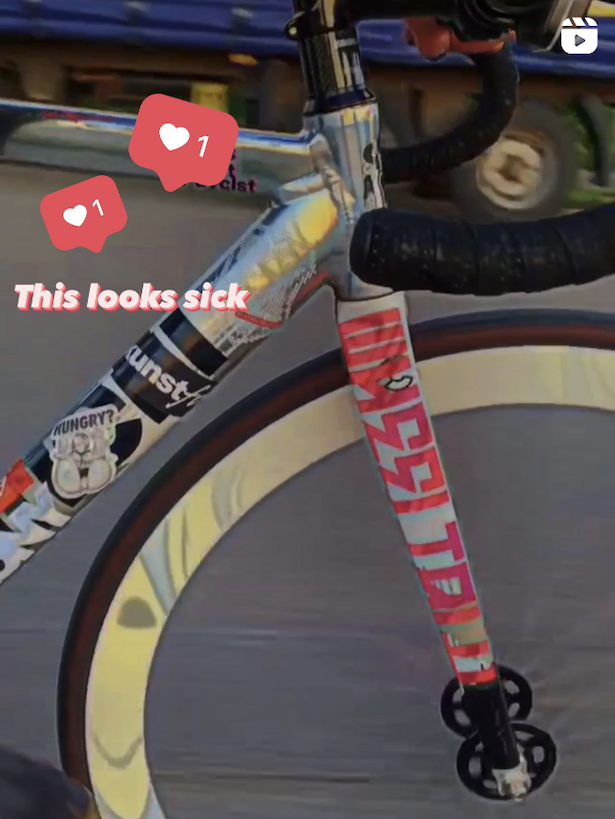
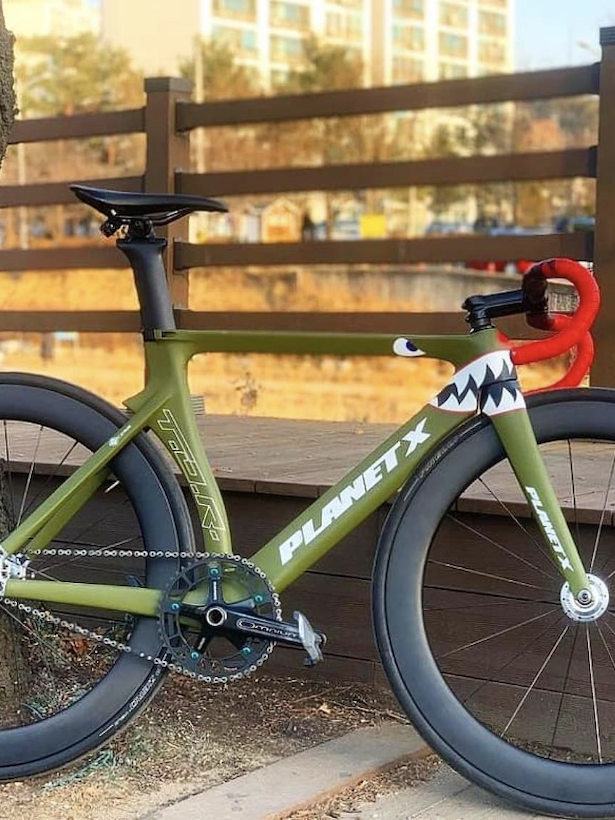
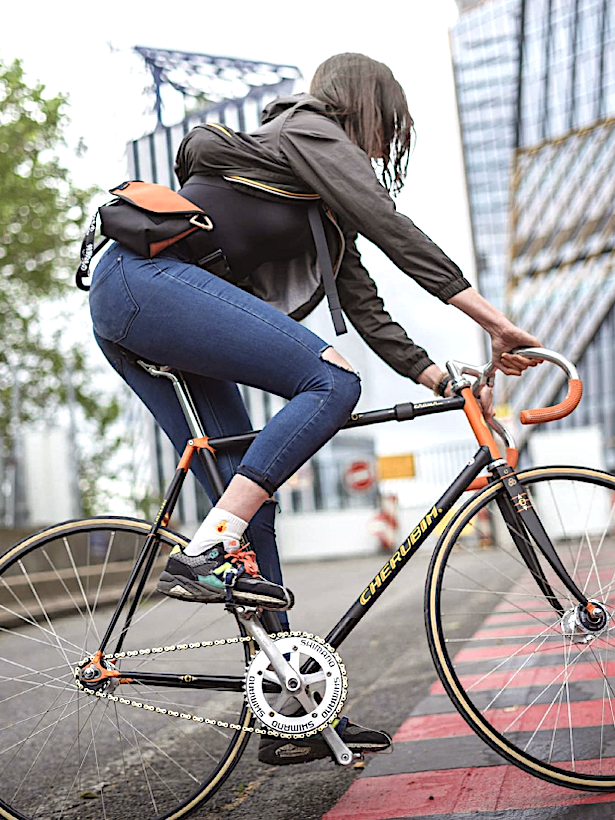

Reviews
There are no reviews yet.